 As I was working on a manusript this weekend, I had look up a few words to see whether or not they should be capitalized. I discovered that “Founding Fathers” is always capitalized. Here are a few other capitalization tips.
As I was working on a manusript this weekend, I had look up a few words to see whether or not they should be capitalized. I discovered that “Founding Fathers” is always capitalized. Here are a few other capitalization tips.
Capitalize family titles when they can stand alone or are followed by a personal name. Do not capitalize family titles when they are preceded by a possessive.
Examples:
I’ll ask my mom if I can go.
I’ll ask Mom if I can go.
I’ll ask my aunt if I can go.
I’ll ask Aunt Anna if I can go.
But I really want to go, Mom!
Capitalize a noun followed by a number or a letter that indicates sequence. However, there are exceptions. Do not capitalize: line, note, page, paragraph, size, step, or verse.
Examples:
Account 100
Act 2
Appendix B
Book IIV
Chapter VII
page 10
line 10
Room 100
verse 10
Capitalize each item in a list or an outline.
Example:
Here are the items I need:
• Paper.
• Pen.
• Books.
Capitalize the word “state” only when it follows the name of the state or is part of the nickname.
Examples:
Florida State is also called the Sunshine State.
The state of Florida is a peninsula.
Compass Points
Capitalize compass points (and any derivative words) when they designate a definite region of the world or a proper noun. Do not capitalize compass points when they merely indicate direction or general location.
Examples:
Many people have relocated from the East Coast to the Midwest. (regions)
Go west on Route 66 and turn south at the stoplight. (direction)
The west coast of the U.S. is on the Pacific. (not a region)
Amy lives on the West Coast. (region)
I have just visited the Far East. (region)
How far east do you go to get to the shore? (not a region)
Santa Claus lives at the North Pole (proper noun)
Capitalize each line in a poem. However, if you’re quoting a poem, then follow its style.
Example:
You have brains in your head.
You have feet in your shoes.
You can steer yourself in any direction you choose.
You’re on your own.
And you know what you know.
You are the guy who’ll decide where to go.
~Dr. Seuss
Common Nouns
Some expressions were created from proper nouns but are now common nouns and are not capitalized. (Note: Microsoft Word will most likely try to automatically correct these!)
Examples:
charley horse
plaster of paris
manila envelope
bone china
napoleon (the dessert)
boycott
diesel
macadam
ampere
watt
joule
kelvin
texas leaguer
arabic numbers
roman numbers
Proper Names
Capitalize nicknames that designate specific persons, places, or things.
Examples:
the Founding Fathers
the First Lady
the White House
the Oval Office
the Stars and Stripes
the Gopher State (Minnesota)
Mother Nature
a Good Samaritan
Big Mac
Down Under
a Green Beret
the Little Dipper
the Top 40
Bloody Mary
the Third World
Capitalize an independent question within a sentence.
Example: The question is, How far are you willing to go?
These are only a few tips in capitalization. What words do you wonder whether or not they are capitalized?














